Did you know that by 2025, 85% of customer interactions will be managed without a human? AI Voice Call Agents are at the forefront of this transformation. Traditional call centers are notorious for long wait times, inconsistent service, and high operational costs. However, with the rise of AI Voice Call Agents , businesses can now turn frustrating customer experiences into efficient, engaging, and personalized interactions. If your contact center struggles with escalating phone calls and overwhelmed agents, it's time for a game-changing solution.

Why AI Voice Call Agent Solutions Are the Future of Contact Centers
Modern call centers are under immense pressure to deliver outstanding customer service while managing complex workflows and high call volumes. The traditional setup exposes businesses to costly inefficiencies, such as fluctuating call flow , unpredictable human agent performance, and prolonged wait times. These hurdles compromise customer experience , often leading to poor satisfaction scores and churn.
Enter the AI Voice Call Agent —sophisticated conversational AI systems designed to carry out natural and effective phone conversations, respond instantly, and handle multiple queries at once. According to Gartner, 85% of customer interactions will be managed without a human by 2025— AI Voice Call Agents are leading this evolution. By leveraging AI agents , contact centers can guarantee consistent, 24/7 support, reduce operational costs, and delight customers with seamless experiences.
Modern Call Center Challenges and the Role of Conversational AI
"According to Gartner, 85% of customer interactions will be managed without a human by 2025—AI Voice Call Agents are leading this evolution."
Common pain points like frequent escalations, uneven customer support, and limited scalability make traditional phone agents ill-equipped to keep up with today’s expectations. Conversational AI enables contact centers to automate customer support, freeing human agents for high-value tasks and reducing wait times dramatically. The ability of AI voice to manage call flow consistently means businesses no longer need to worry about coverage gaps or agent fatigue during peak phone call periods. With AI phone agents, every inquiry is addressed swiftly and precisely, enhancing customer interaction from the first contact.
How AI Voice Agents Outperform Human Agents in Consistency and Speed
A human agent , no matter how skilled, can become overwhelmed by high-volume phone calls or emotionally charged customers, leading to inconsistencies or errors. AI Voice Call Agents, however, are programmed for unwavering consistency and low latency responses. They follow precise flows, remember customer data instantly, and never suffer from fatigue or distraction. This translates to more reliable customer service and a reduced chance for miscommunication, driving improved scores across every customer interaction.
Furthermore, AI voice agents can engage in multiple concurrent phone calls , something no human agent can match. By dramatically improving response times and maintaining superior service levels around the clock, your contact center can elevate its reputation and foster customer loyalty—all while reducing operational spending.
AI Voice, AI Agents, and Voice AI: Understanding the Core Technology
It’s crucial to understand the technology that powers your next-gen AI phone agent. AI voice leverages advanced natural language processing (NLP) engines, allowing phone agents to understand and respond to customers in a conversational, intuitive manner. Voice AI is specifically optimized for real-time, spoken conversations, ensuring seamless and natural dialogue with every caller. This integration between AI voice agents and your contact center empowers businesses to scale operations rapidly—with no compromise on quality or compliance.
- 24/7 availability
- Reduced operational costs
- Superior call flow management
- Automated customer support and service
- Improved customer data analytics
What You Will Gain With an AI Voice Call Agent in Your Phone Center
Deploying an AI Voice Call Agent instantly amplifies your contact center’s capabilities. One immediate benefit is seamless integration with existing phone call systems , allowing you to upgrade without a disruptive overhaul. Real-time customer interaction analytics follow every call, giving invaluable insight into customer needs and agent efficiency. With low latency voice responses, callers enjoy engaging conversations that feel natural, quick, and satisfying—directly boosting customer experience.
The true power of AI agents shines in their scalability. Whether your business faces normal traffic or unexpected spikes in phone calls , an AI phone agent can handle fluctuations effortlessly. AI voice agents adapt dynamically, managing intricate call flow and enabling your team to deliver consistently exceptional customer support at any volume or time of day.
- Seamless integration with existing phone call systems
- Real-time customer interaction analytics
- Low latency responses for optimal customer experience
- Scalability for high call volumes

AI Voice Call Agent vs Human Agents: A Comparative Table
| Feature | AI Voice Agent | Human Agent |
|---|---|---|
| Availability | 24/7 | Limited to shift |
| Speed | Instant | Varies |
| Consistency | High | Varies by agent |
| Cost | Low | High |
| Scalability | Easy | Difficult |
As the table demonstrates, AI Voice Call Agents eclipse traditional human agents in several key areas. Their instant, consistent, and scalable service reduces operational costs and makes it easy to handle business growth without sacrificing quality.
AI Voice Call Agents: Enhancing Customer Experience at Every Touchpoint
Exceptional customer experience defines successful contact centers. AI voice agents set a new standard by personalizing every touchpoint—recognizing returning callers, remembering past customer interactions , and delivering context-aware solutions. When a customer calls, the AI agent can pull up relevant details in milliseconds, ensuring faster resolutions and highly satisfying conversations.
Instead of rigid scripts, AI phone agents use conversational AI models to create empathetic, engaging dialogues that mirror the best aspects of human interaction, but with superior accuracy and zero frustration. The result: delighted customers and agents free to tackle more strategic challenges within the contact center.
Personalized Conversational AI for Superior Customer Service

The power of personalized conversational AI lies in its ability to adapt tone, pace, and recommendations based on the customer's unique history and current need. Unlike traditional scripted responses, voice AI agents listen, analyze, and adjust their approach, resulting in superior customer service . For example, a returning customer reporting a billing issue will not have to repeat their history—the AI recognizes the context immediately and offers personalized solutions, setting a new expectation for every interaction.
With machine learning, these AI voice agents improve continually. They keep learning from every completed customer support call, identifying patterns, preempting pain points, and proactively offering next-step solutions—even before the customer explicitly asks. This level of proactive engagement builds loyalty and delight, transforming the ordinary into genuine brand advocacy.
Integrated Customer Data Analysis for Proactive Support
Today's call centers are awash with data. However, only a voice agent equipped with integrated analytics can turn vast customer data into actionable intelligence for better customer support . AI phone agents instantly synthesize data from CRM, knowledge base, and previous conversations, then leverage these insights to anticipate needs and provide swift, relevant answers.
The outcome? Proactive support becomes the norm. For example, if a delay in shipping is detected, the AI Voice Call Agent can reach out to impacted customers before they even pick up the phone—preventing frustration and showcasing a commitment to service that can convert customers into raving fans. Instead of just reacting to issues, your contact center becomes a source of trust and reliability.
Deploying an AI Voice Call Agent: Seamless Implementation Guide
Transitioning to an AI voice agent doesn’t mean tearing down your current systems. Today’s leading AI phone agent platforms are designed for seamless, step-by-step onboarding . From initial set-up to ongoing optimization, you gain all the benefits without major disruptions. The result is a smarter, more resilient phone center with the agility to handle tomorrow’s challenges.
Integration is tailored to your unique environment—whether you need to automate customer support, unify databases, or customize scalable call flow logic. With human oversight and collaboration features, AI agents work side-by-side with your team, helping boost efficiency and job satisfaction by absorbing repetitive or after-hours phone calls.
Step-by-Step Onboarding Process for Voice AI Agents

Successful deployment begins with mapping your current knowledge base and integrating it into the AI agent’s ecosystem. Next, your team reviews sample call flows, identifying places where automation can create the most value. Then, rigorous testing ensures the AI voice agent delivers flawless responses—matching your brand tone and meeting compliance standards.
Training is key: staff and supervisors are brought up to speed on how to monitor, guide, and gather feedback from AI phone agents. This collaborative onboarding process allows for incremental improvements, ensuring the AI adapts to evolving customer expectations and company policies. By the end of the process, your contact center benefits from an agile, AI-empowered phone agent ready to impress.
Integrating AI Phone Agents Into Your Existing Call Center Infrastructure

Modern AI phone agent solutions offer plug-and-play frameworks to synchronize with legacy phone systems, ticketing platforms, and CRMs. This ensures a smooth transition —your human agents remain integral, supported by AI that handles repetitive or after-hours phone calls while escalating complex inquiries to the right person.
Powerful analytics dashboards empower managers to spot trends, identify call flow bottlenecks, and optimize both AI agent performance and team collaboration. This level of integration and oversight keeps your contact center competitive and poised for long-term growth.
Customizable Call Flow and Knowledge Base Management
AI Voice Call Agents thrive when paired with adaptable call flow structures and comprehensive knowledge base content. With fully customizable scripting and easy update features, contact centers can quickly add new products, compliance requirements, or FAQs as business evolves.
Combined with robust collaboration features—AI and human agents can share key insights, automate customer interactions for efficiency, and ensure callers always get fast, correct information. That’s how you move from chaotic phone calls to frictionless, outcome-driven conversations with measurable results.
- Collaboration with human agents
- Handling after-hours phone calls
- Automating customer interactions for efficiency
Cost Savings and ROI: Measurable Benefits of AI Voice Call Agent Deployment
The financial impact of an AI Voice Call Agent is profound. By automating routine phone calls and freeing human agents for complex cases, operational costs plummet while service levels climb. Automation reduces headcount requirements, minimizes training expenses, and allows for real-time scaling—so your business never pays more than it needs.
The return on investment can be monitored through concrete metrics like average handle time, abandonment rates, and cost per call. Companies adopting AI Voice Call Agents have seen customer satisfaction scores surge by up to 35%. With the right metrics, the value proposition is crystal clear: better results, less spend.
Cutting Down Operational Expenses with AI Voice Solutions
Shifting from human agents to AI reduces wage costs, overtime, and the cost of turnover. Meanwhile, AI-driven analytics identify persistent pain points and optimize call flow, further decreasing problem resolution times and boosting overall contact center efficiency. In short, every dollar invested in your AI voice agent returns measurable savings.
Maximizing Throughput During Peak Phone Call Times
AI phone agents scale up call handling capacity instantly during business surges, keeping response times low and improving customer experience even in high-demand periods. Human agents can prioritize escalations, focusing on high-touch interactions where empathy and creativity shine, while the AI agents handle routine and predictable inquiries in parallel.
"Companies adopting AI Voice Call Agents have seen customer satisfaction scores surge by up to 35%."
Scalable Support Across Business Hours—No More Missed Inquiries
Whatever your company’s business hours, AI voice agents are always available. There are no missed phone calls outside of 9-5, no long holds while agents clock out for meals, and no need to recruit seasonal labor. This persistent, scalable support means every customer touchpoint is a chance to impress, retain, and upsell.
| Metric | Pre-AI | Post-AI |
|---|---|---|
| Average handle time | 8 mins | 4 mins |
| Abandonment rate | 20% | 4% |
| Cost per call | $4.50 | $1.80 |
These improvements translate to tangible business impact, helping you grow revenue while slashing costs.
How AI Voice Call Agents Handle Complex Customer Interactions
Today’s AI voice call agents aren’t just robotic script followers—they’re evolving conversational AI systems capable of nuanced, intelligent engagement. Built on powerful NLP engines, these AI agents ask clarifying questions, adapt to caller tone, and even identify sentiment, ensuring complex cases are guided efficiently to resolution.
When a phone call involves multi-step troubleshooting or negotiation, the AI Voice Agent can escalate seamlessly to a human or offer knowledge base content on-the-fly to keep the interaction smooth. This keeps complex customer interactions productive and frustration-free.
Conversational AI Capabilities Beyond Scripts
Unlike basic IVRs or legacy bots, conversational AI can intelligently steer a conversation, making real-time decisions to guide the customer toward the best outcome. This ability to go “off-script” means your contact center can successfully automate customer support, not just the easy stuff, but the multi-faceted challenges traditional phone agents face every day.
By leveraging CRM data, previous customer interactions, and omnichannel inputs, AI agents craft responses that reflect understanding and sophistication—often outperforming even seasoned voice agents.
Addressing Emotional Intelligence in AI Voice Agents
Emotional intelligence is the frontier where AI closes the empathy gap. Advanced AI voice agents use tone analysis and real-time feedback to recognize when a caller is frustrated or confused and tailor the response accordingly. Escalations to human agents are smooth and context-rich, preventing drops in satisfaction.
The best AI phone agents are trained constantly on real interactions, refining their capability to deliver customer service that feels both personal and authentically caring.
Essential Features to Look for in a Leading AI Voice Call Agent
- Intelligent natural language processing (NLP)
- Real-time call flow adaptation
- Robust knowledge base
- Compliance and data security standards
- Integration with CRM and ticketing
These are non-negotiables when evaluating which AI Voice Call Agent to deploy in your phone center. A strong compliance framework and robust data security protect customer privacy, while reliable CRM integration ensures every customer interaction is informed and efficient.
Success Stories: Businesses Thriving With AI Phone Agents
Forward-thinking businesses in retail, healthcare, finance, and more are reaping the benefits of AI voice call agents. Faster response times, improved customer satisfaction, and significant cost savings are common threads across industries.
Case Study: Reducing Call Volume Stress With Voice AI Agents

An e-commerce provider facing high seasonal call volumes deployed an AI phone agent to automate customer inquiries and order tracking. Human agents now focus on escalations, while AI agents easily scale to absorb peak demand—reducing average wait times from ten minutes to less than two. The company reported improved agent morale and a 34% increase in customer NPS scores within just three months.
Case Study: Enhancing Customer Satisfaction Scores Through Automation
A leading telecom provider used AI Voice Call Agents to automate routine troubleshooting and account queries. With real-time access to knowledge base articles and integrated customer data, the AI was able to resolve 80% of inquiries without a handoff, slashing operational costs by 42% and raising customer satisfaction scores above industry benchmarks.
Frequently Asked Questions on AI Voice Call Agent Implementation
Can AI Voice Call Agents completely replace human agents?
AI Voice Call Agents are highly effective at automating customer support for routine and predictable inquiries. However, for complex decision-making, sensitive topics, or tasks requiring deep empathy, a collaborative approach—where AI handles initial interactions and human agents step in for advanced issues—delivers the best customer experience. The two roles complement each other, optimizing performance and satisfaction across your contact center.
What level of customization is possible with AI voice agent solutions?
Most modern AI voice agent platforms offer deep customization options, from call flow scripting and language settings to CRM data integration and knowledge base management. This ensures each AI agent can align with your unique brand standards, compliance needs, and evolving customer priorities. Updates can be made quickly and easily to adapt to business growth or regulatory changes.
How secure is customer data with AI voice call agents?
Security is a top priority in today’s AI-powered contact centers. Leading AI voice call agent providers comply with industry best practices and regulations for data protection, including encryption, role-based access controls, and real-time threat monitoring. This means customer data stays safe and confidential throughout every phone call and interaction—ensuring trust and regulatory compliance.
Get Started with AI Voice Call Agent: Transform Your Customer Service Today
Ready to upgrade your business and eliminate call center chaos? Enhance customer experience, lower costs, and future-proof your operations by deploying a best-in-class AI Voice Call Agent now. Contact us for a free demo and expert consultation tailored to your industry.
Act now—bring the power of AI Voice Call Agents to your contact center and see measurable results in customer satisfaction and operational efficiency.
To further enhance your understanding of AI Voice Call Agents and their transformative impact on call centers, consider exploring the following resources:
-
“Never Miss a Call Again | Aircall” : This article details how Aircall’s AI Voice Agent ensures 24/7 phone coverage, answers common customer questions, and collects caller details automatically, streamlining call center operations. ( aircall.io )
-
“AI Voice Agent | 24/7 Call Handling, Lead Qualification & Routing” : CallPage’s AI Voice Agent offers insights into handling calls round-the-clock, qualifying leads, and routing them effectively, thereby enhancing customer engagement and operational efficiency. ( callpage.io )
If you’re serious about revolutionizing your call center operations, these resources will provide valuable insights into implementing AI Voice Call Agents effectively.
 Add Row
Add Row  Add
Add 




Write A Comment